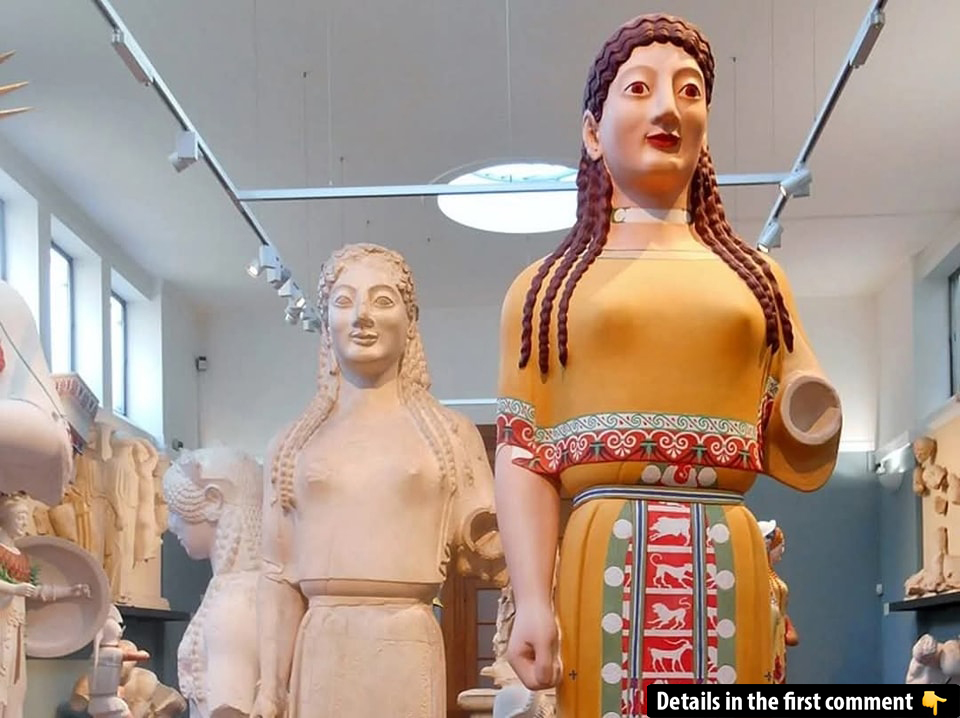In the world of ancient Greek and Roman art, statues have long been admired for their intricate craftsmanship and lifelike details. However, a recent study has unveiled a fascinating and often overlooked aspect of these sculptures: their olfactory presence. Beyond being painted, adorned with textiles, and jewelry, these statues were also infused with perfumes, enriching the sensory experience of ancient spectators. This groundbreaking discovery challenges our traditional understanding of classical art and invites us to explore how scent played a vital role in shaping the way people interacted with and revered their divine figures.
The Use of Fragrances in Ancient Sculptures
The idea that ancient statues were not just visual objects but also perfumed, is rooted in historical documentation. Classical texts from ancient Greece and Rome mention the practice of anointing statues with perfumes and aromatic oils. Roman orator Cicero, for instance, described the statue of Artemis in Segesta being anointed with perfumes as part of a religious ritual. Similarly, the poet Callimachus wrote about the statue of Queen Berenice II of Egypt being “moist with perfume.” These literary accounts, combined with archaeological findings, confirm that the use of fragrances played an important role in ancient artistic practices, particularly in religious and ceremonial contexts.
The Sensory Experience in Ancient Greece and Rome
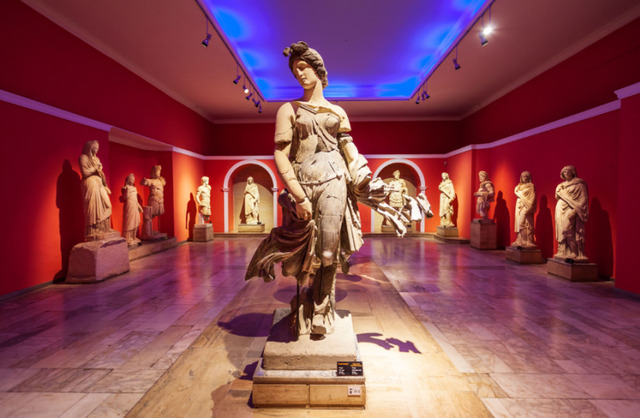
In the context of Greco-Roman art, perfumes were not merely decorative; they were used to elevate the statues, making them more immersive and relatable. Ancient people did not view these sculptures simply as artistic representations; they were seen as living, divine beings worthy of adoration. In religious rituals, the use of scented oils and perfumes was a means of honoring the gods, making the statues more tangible and present in the worshipper’s life. The scented statues, especially those in temples and sacred spaces, created a multisensory experience that enriched the act of devotion. The fragrances used in these rituals were considered to be powerful, connecting the worshipper to the divine realm.
Video
Watch the video to find out why ancient Greek and Roman statues were always marble white! Don’t miss this fascinating exploration of art history and ancient practices.
Techniques and Materials Used in Perfuming Statues
The application of perfumes to statues was not a haphazard practice; it was carried out using specific techniques and materials. One such technique, called ganosis, involved the application of waxes and oils to the statues to preserve their surfaces and enhance their visual appeal. The use of Pontic wax and special oils was also mentioned by ancient writers like Vitruvius and Pliny the Elder, who noted how these substances helped prevent the sculptures from discoloring and provided them with a polished sheen.
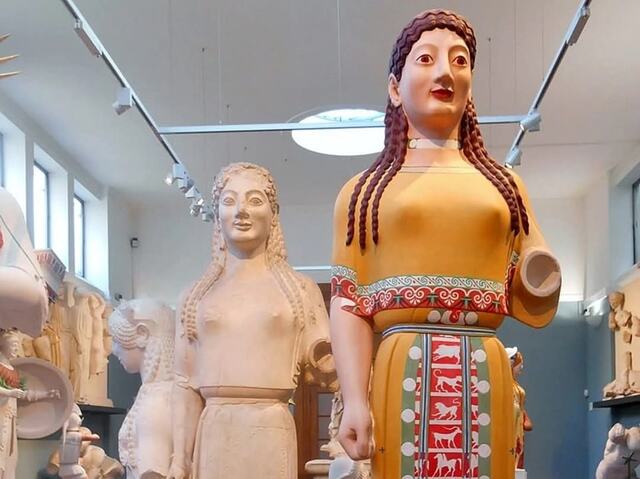
In addition to waxes and oils, a range of fragrant substances was used to perfume the statues. According to records from the sanctuary of Delos, these perfumes were composed of ingredients like olive oil, beeswax, natron (a type of sodium carbonate), and rose fragrances. These substances were not only used to beautify the statues but also served a symbolic function, reinforcing the idea that the statues were divine beings treated with the utmost respect.
Evidence of Perfumed Statues in Ancient Sites
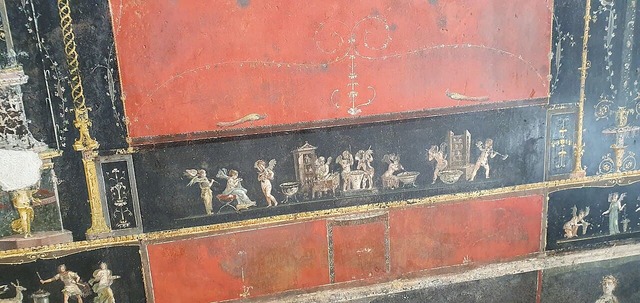
Archaeological evidence further corroborates the use of perfumes in ancient religious practices. Excavations in the sanctuary of Delos, a major religious site in ancient Greece, revealed perfume workshops that were likely involved in the production of the fragrances used in the rituals. This finding supports the idea that the practice of perfuming statues was not only widespread but also connected to organized craftsmanship. The discovery of these workshops indicates that the local production of fragrances was an integral part of the ritual process, linking the material culture of ancient Greece and Rome to the practice of honoring gods with scent.
The application of perfume to statues was a deliberate act, carried out with the help of skilled artisans who understood the symbolic importance of these rituals. The act of anointing statues was as much about preserving the sculptures as it was about adding a layer of spiritual significance, creating a more complete sensory experience for those who viewed them.
Preserved Traces of Ancient Fragrances
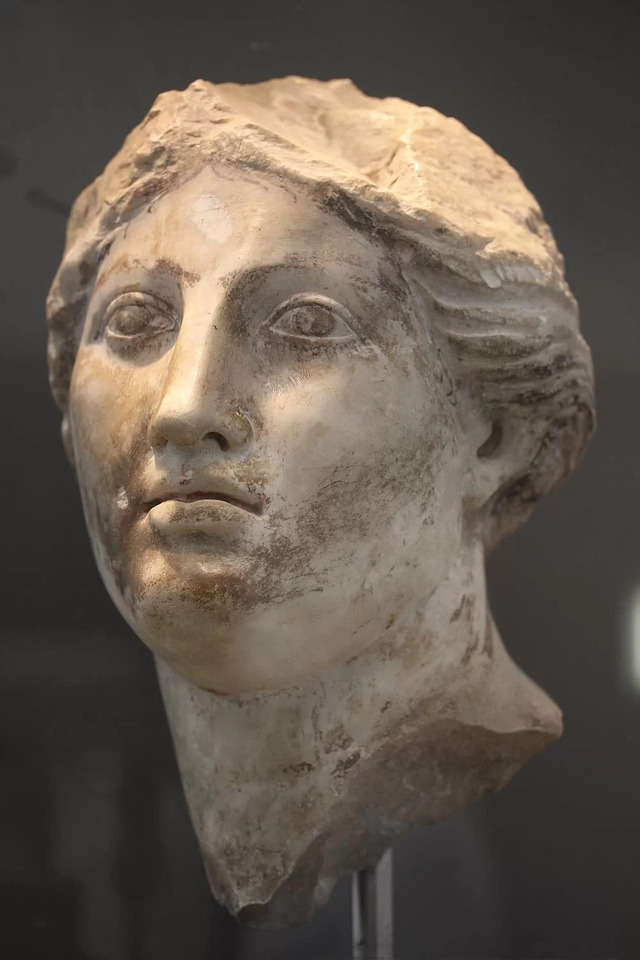
While the perfumes used on these statues have long since evaporated, some traces have managed to survive the passage of time. In certain cases, like the 3rd-century BC sculpture of Queen Berenice II, scientists have been able to detect remains of beeswax on the statue’s surface. This suggests that the statue may have been treated with scented oils, giving us a glimpse into the olfactory dimension of ancient art. These preserved traces of perfumes allow us to better understand how ancient people experienced these statues in a multisensory way, beyond the visual and tactile.
In addition to perfumes, flowers and garlands were also used to adorn statues, adding another layer of scent to the sculptures. During the Roman Floralia festival, for example, statues were decorated with garlands of roses and violets, filling the air with their fragrance. These temporary adornments further highlight the connection between fragrance and religious devotion, as well as the importance of the sensory experience in ancient artistic practices.
The Role of Kosmesis in Ancient Art
The practice of kosmesis, or adorning statues with textiles, jewelry, and fragrances, was central to how ancient Greek and Roman people engaged with their art. Statues were not just viewed as inert objects; they were treated as living beings, particularly when they depicted gods and important figures. The act of adorning statues with perfumes and other embellishments reinforced their divine status and ensured that they were treated with the reverence they deserved. This practice was not limited to religious statues but extended to portraits of rulers and other significant individuals, highlighting the importance of scent in reinforcing their social and political status.
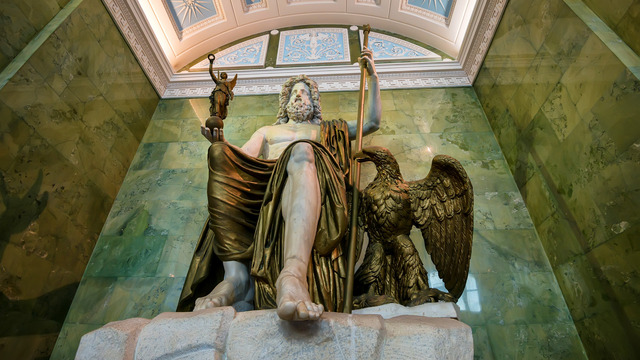
Greek historian Pausanias recounts how the statue of Zeus at Olympia was regularly anointed with olive oil to protect its ivory from the humid climate. Such practices show that the care and maintenance of these statues went beyond visual aesthetics and included a holistic approach to preserving and honoring them. This approach encompassed not only physical preservation but also the spiritual and sensory elements that made these figures seem more real and present to the ancient viewer.
Religious and Symbolic Functions of Perfumes
The use of perfumes in ancient art was closely tied to religious and symbolic functions. In addition to beautifying the statues, perfumes were a way to communicate devotion to the gods. The scented oils and fragrant substances used in rituals were believed to please the gods, creating a connection between the earthly and divine realms. The practice of perfuming statues was not only an aesthetic choice but also a deeply symbolic act that imbued the statues with life, presence, and sanctity.
The fragrances used in ancient religious rituals were seen as powerful tools for engaging with the divine. The act of applying perfumes to statues was a form of offering, reinforcing the idea that these statues were not mere representations but sacred vessels that could carry the presence of the gods. This connection between fragrance and spirituality adds a layer of depth to our understanding of ancient art, showing how sensory experiences were intricately woven into the fabric of religious and artistic life in the ancient world.
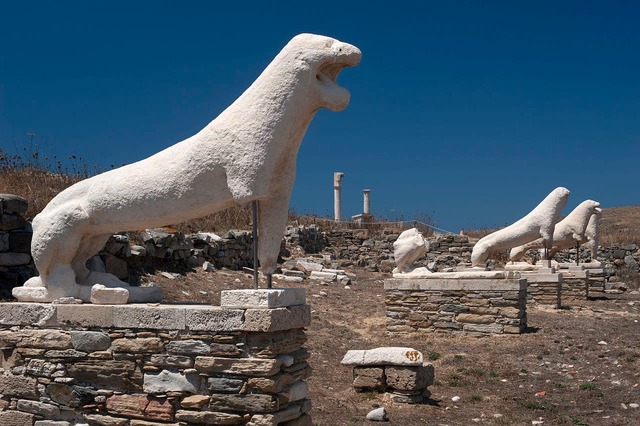
Video
Conclusion: Revisiting Ancient Sculptures with New Insights
The revelation that ancient Greek and Roman statues were perfumed opens up new avenues for understanding classical art. Far from being mere visual objects, these statues were part of a rich sensory experience that included sight, smell, and touch. The practice of perfuming statues, as part of religious and artistic rituals, reinforces the idea that ancient art was designed to engage all of the senses, creating a more immersive experience for viewers.
This new perspective not only enriches our understanding of ancient sculptures but also invites us to rethink the ways in which art can engage with human senses and emotions. By examining the historical, symbolic, and sensory dimensions of classical art, we gain a deeper appreciation of how ancient cultures used art to connect with the divine and communicate complex spiritual and cultural ideas. As we continue to uncover new insights into the sensory aspects of ancient art, we are reminded of the richness and complexity of the past, where every detail—visual, olfactory, and tactile—was carefully crafted to create a more profound experience for the viewer.
